Our Services
Fire Resistance
Fire resistance tests play a pivotal role in assessing the fire safety performance of various construction components, including partitions/walls, floors, ceilings, doors, penetrations, windows, downlighters, and other critical elements. These tests are designed to simulate real-world fire scenarios, providing invaluable insights into how each component reacts when exposed to fire threats.


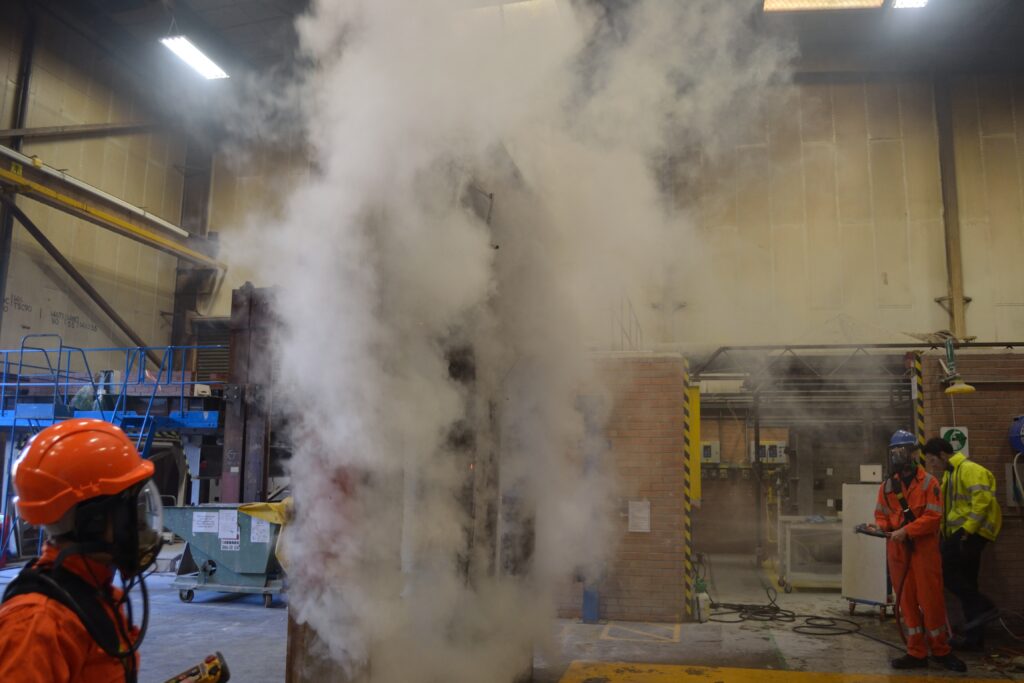
Type of tests
Fire resistance tests play a pivotal role in assessing the fire safety performance of various construction components, including partitions/walls, floors, ceilings, doors, penetrations, windows, downlighters, and other critical elements. These tests are designed to simulate real-world fire scenarios, providing invaluable insights into how each component reacts when exposed to fire threats.
- Partitions/Walls: Fire resistance testing for partitions and walls assesses their ability to withstand fire and prevent its spread. These tests determine the time duration for which the wall or partition can maintain its integrity and protect against the passage of flames and smoke.
- Floors: Fire resistance tests for floors evaluate their load-bearing capacity and ability to withstand fire exposure. This ensures that floors can support structural loads during a fire, enabling safe evacuation and firefighting efforts.
- Ceilings: Ceiling fire resistance tests gauge the ceiling’s ability to maintain its structural integrity and prevent the spread of fire and smoke. These tests are vital for preventing the collapse of ceilings during a fire.
- Doors: Fire-rated door tests determine a door’s ability to resist fire, smoke, and heat. Such tests assess the time it takes for a door to succumb to fire and provide valuable data for selecting the appropriate fire-rated doors in building design.
- Penetrations: Fire resistance tests for penetrations involve evaluating how effectively firestopping materials seal openings such as pipes, ducts, and cables that pass-through fire-rated walls and floors, preventing fire and smoke from spreading.
- Windows: Fire resistance tests for windows assess their capacity to withstand exposure to fire while maintaining their integrity and preventing the passage of flames and smoke. This is crucial for controlling fire spread in buildings.
- Downlighters: Downlighter fire resistance tests focus on the performance of recessed lighting fixtures during a fire. These tests ensure that downlighters do not contribute to fire growth or become a hazard during a fire event.
- Other: Beyond these specific components, fire resistance tests can encompass a wide array of building elements, including fire-rated glazing systems, structural members, and insulation materials. These tests are tailored to assess the fire safety performance of each unique component within a building’s design
Reaction to Fire
Reaction to fire testing is a way to evaluate the contribution a material can have to fire growth and development.
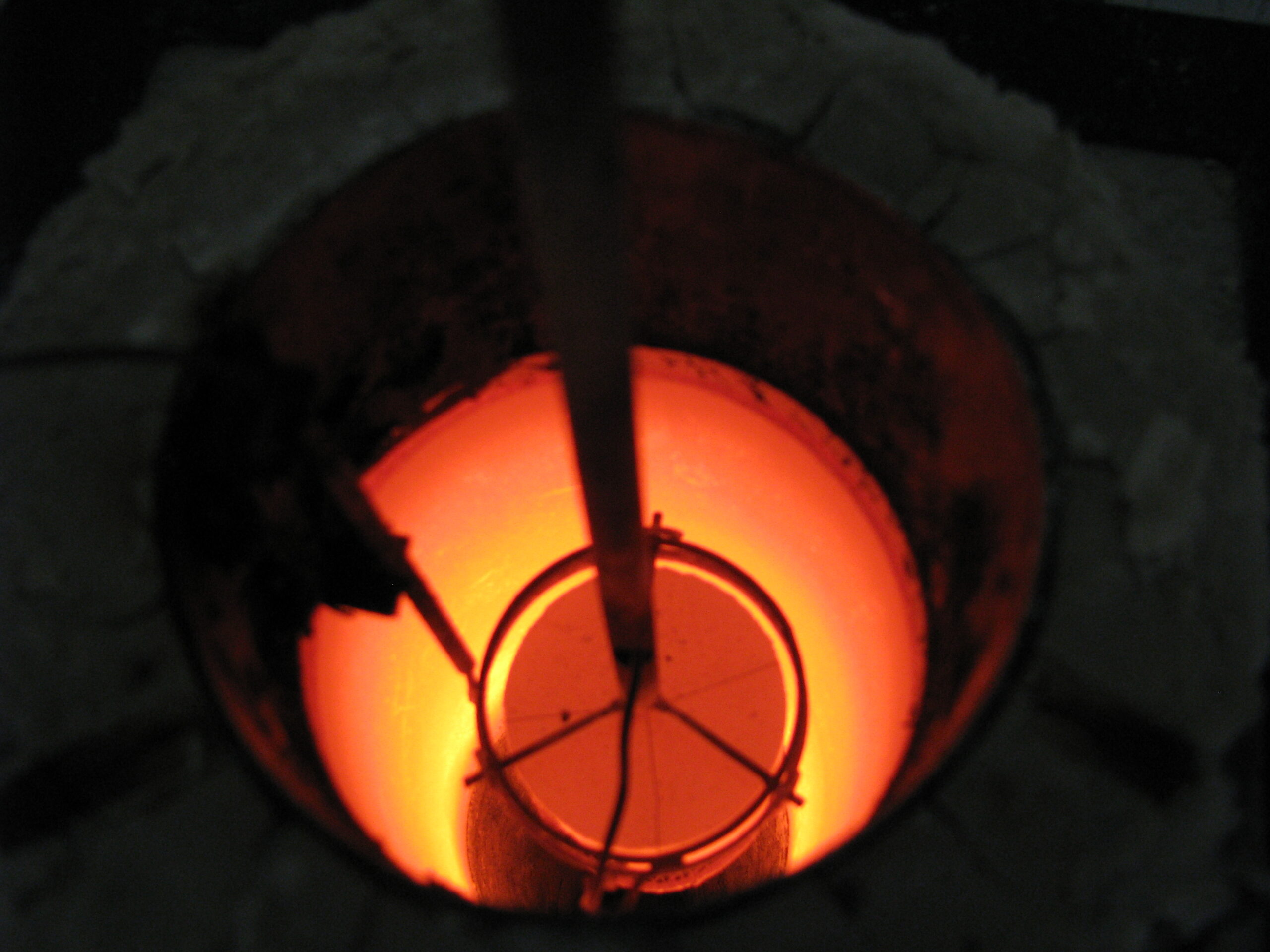
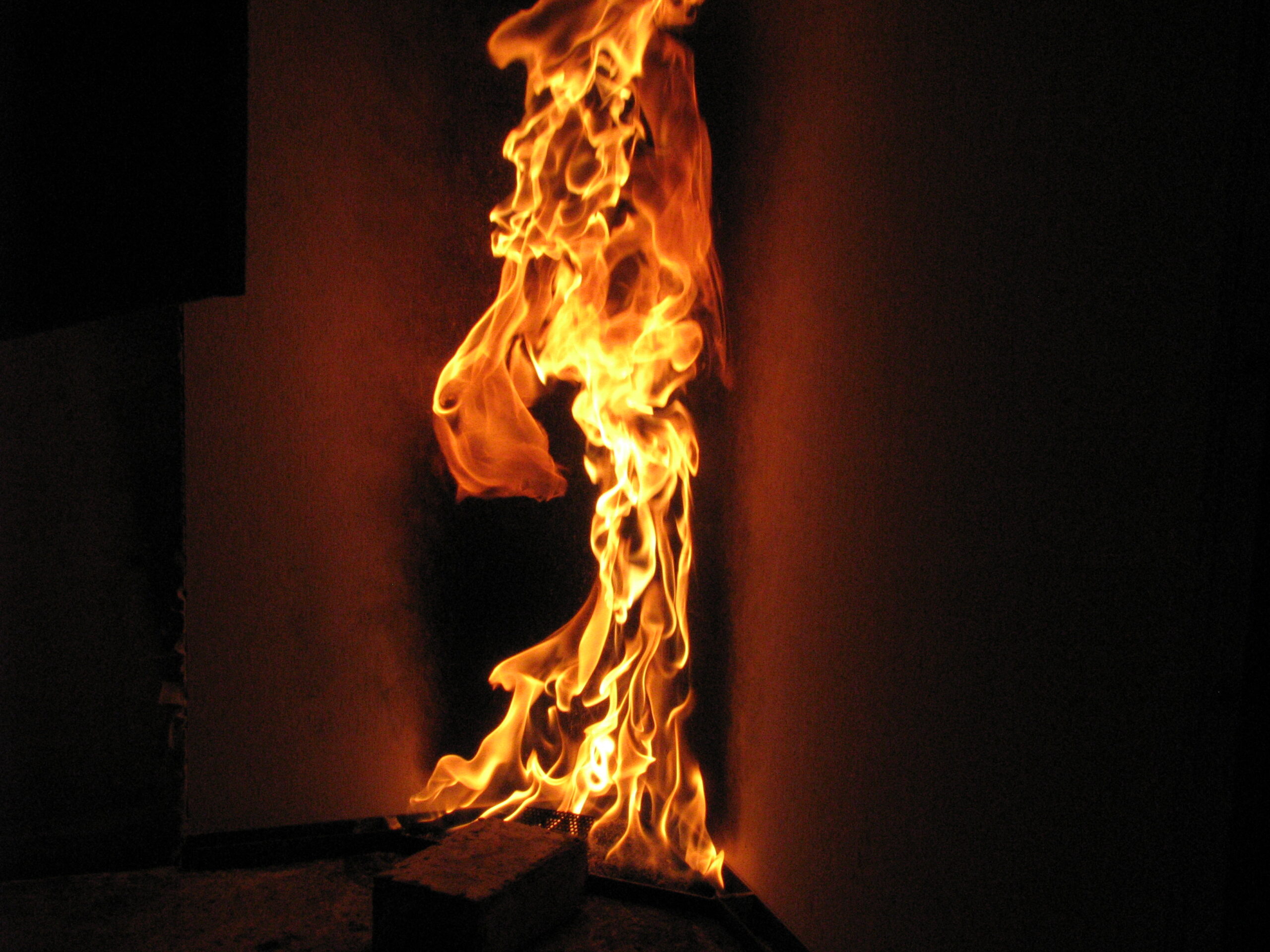
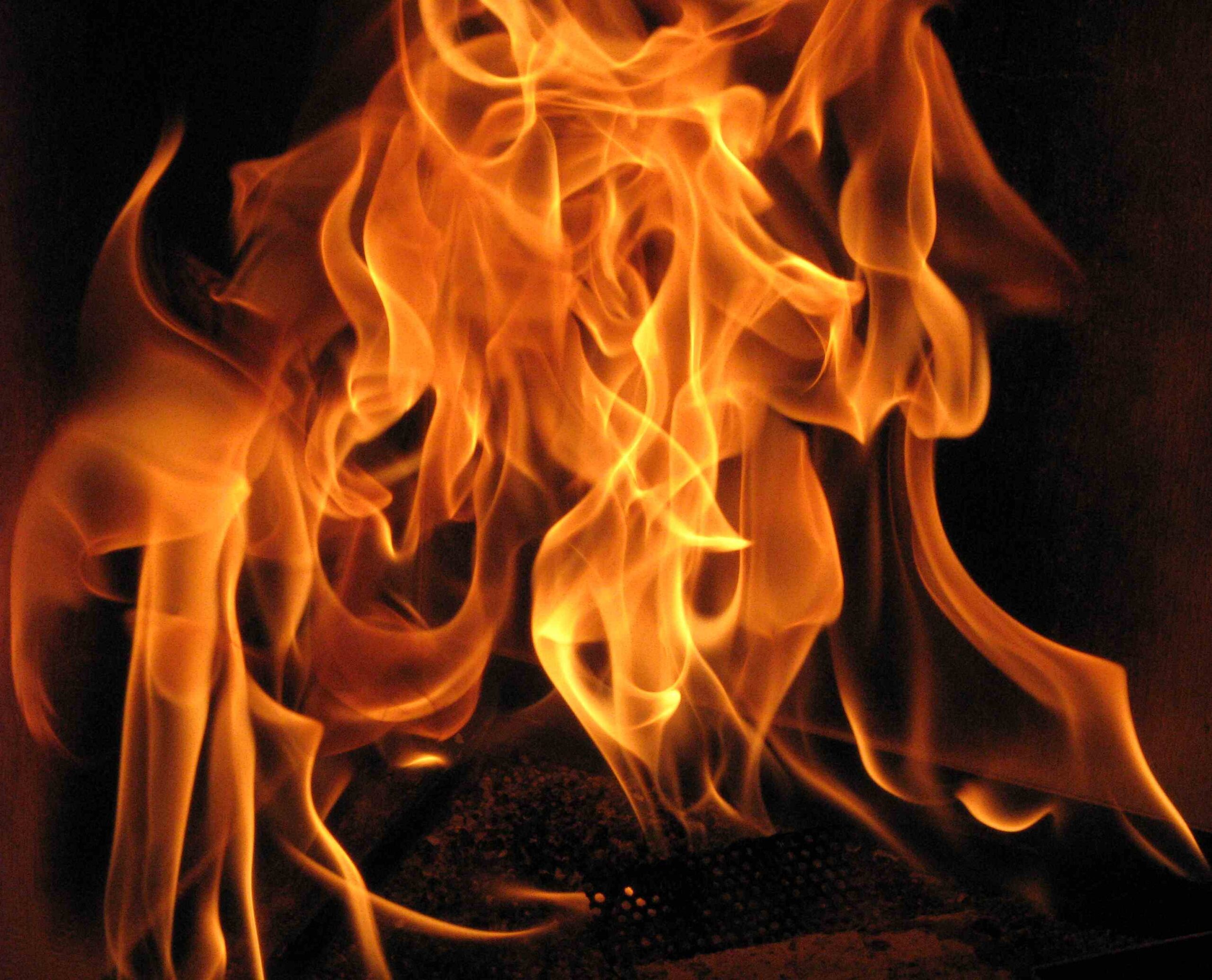
Type of tests
- Small scale
- Ceiling tiles
- Floor tiles
- Glue
- Adhesives
- Paper lining
Acoustic Testing
Acoustic testing to assess the acoustic performance of both partitions and floors, including sound insulation and sound absorption to comply with Building Regulations, product substantiation and development of new products.

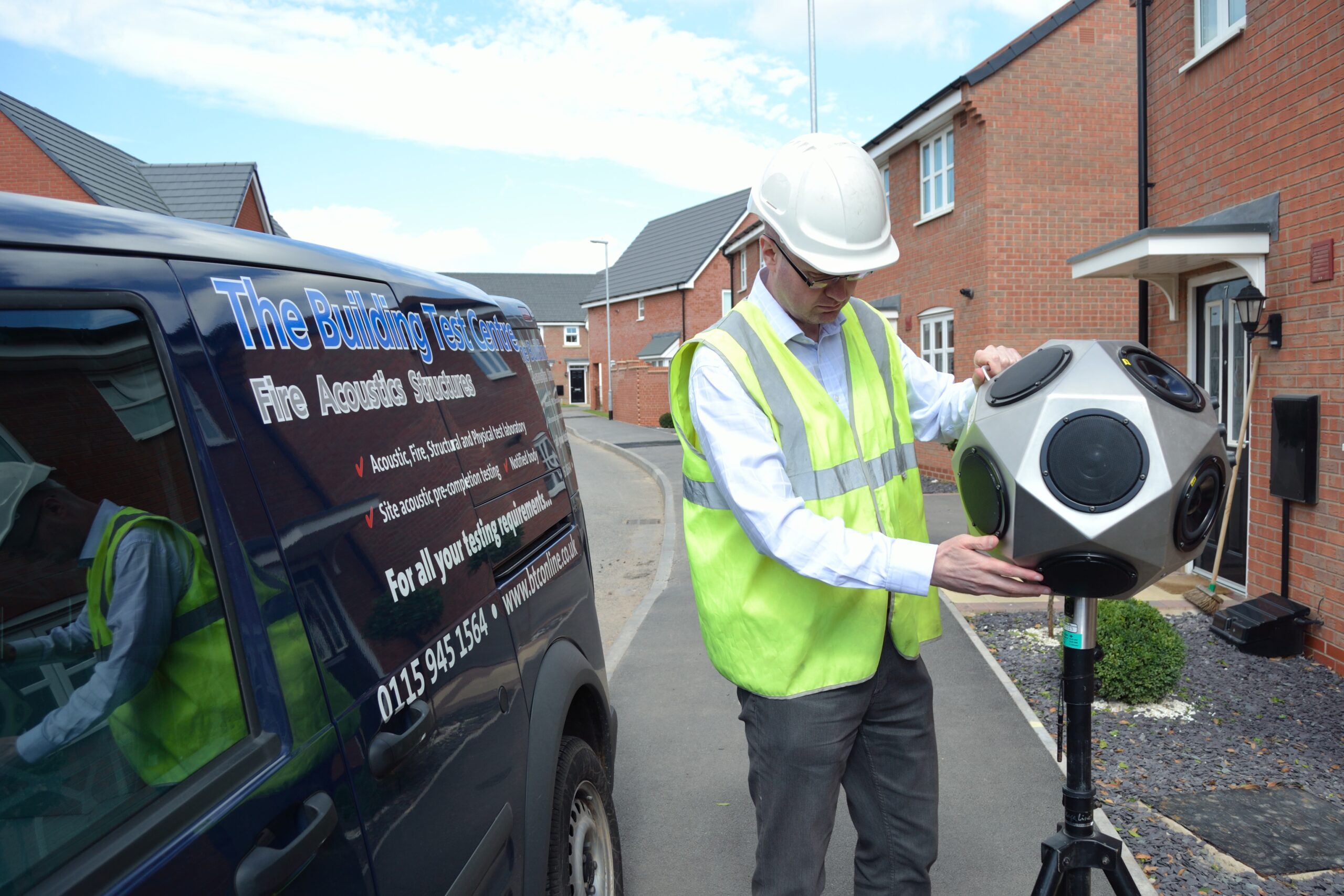
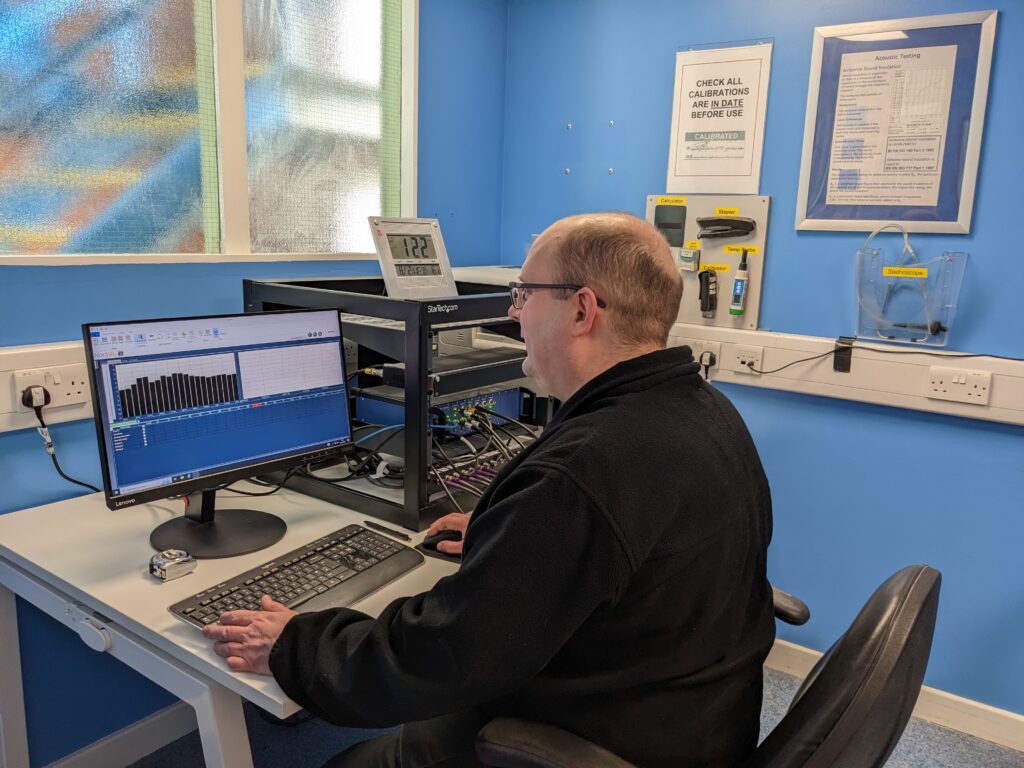
Type of tests
- Walls
- Floors
- Ceilings/Walking surfaces
- Sound absorption
- Onsite testing
Structures Testing
Structures testing involves assessing the strength, stiffness and overall robustness of a partition. BS 5234 testing will give a duty rating based on robustness and an in-house UDL test will assign a maximum height for a partition based on stiffness.



Type of tests
- Walls
- Racking
- Uniformed disturbed load (UDL)
Physical Testing
Physical testing involves lab-scale tests to assess various performance characteristics of gypsum plasterboards, water vapour permeability, flexural strength (breaking load), impact resistance as specified in EN 520.
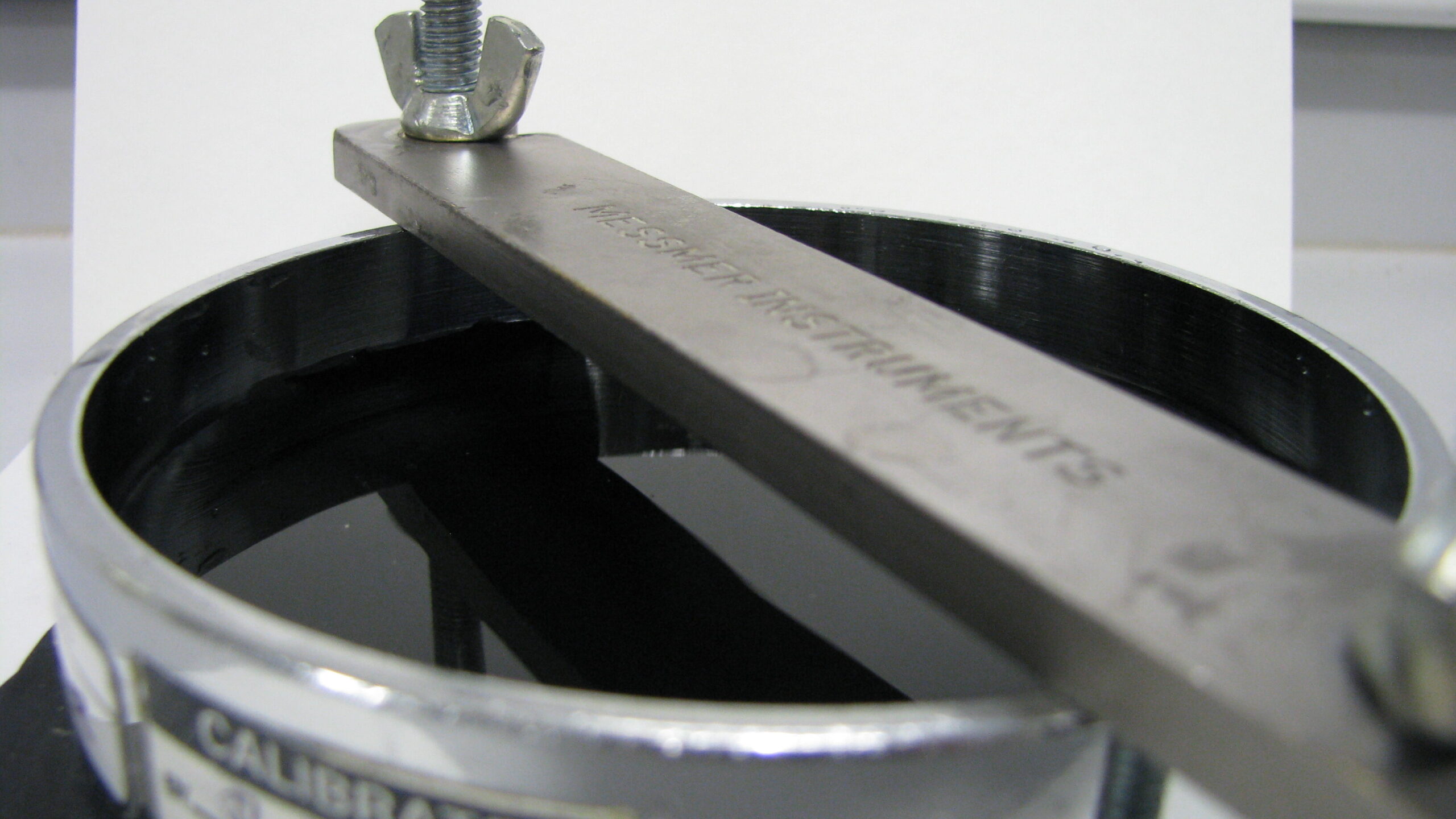
Type of tests
- Plaster board physical characteristics
- Surface hardness
- Surface water absorb
- Total water absorbs
- Squareness
- Taper depth/length
- Dimensions
Get a quote today!
We’ll put together a customised quote about your project and work with you to get started on your project. Let’s build something together!
